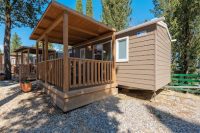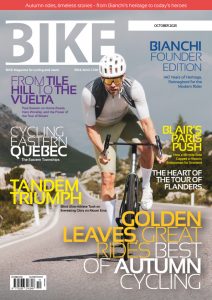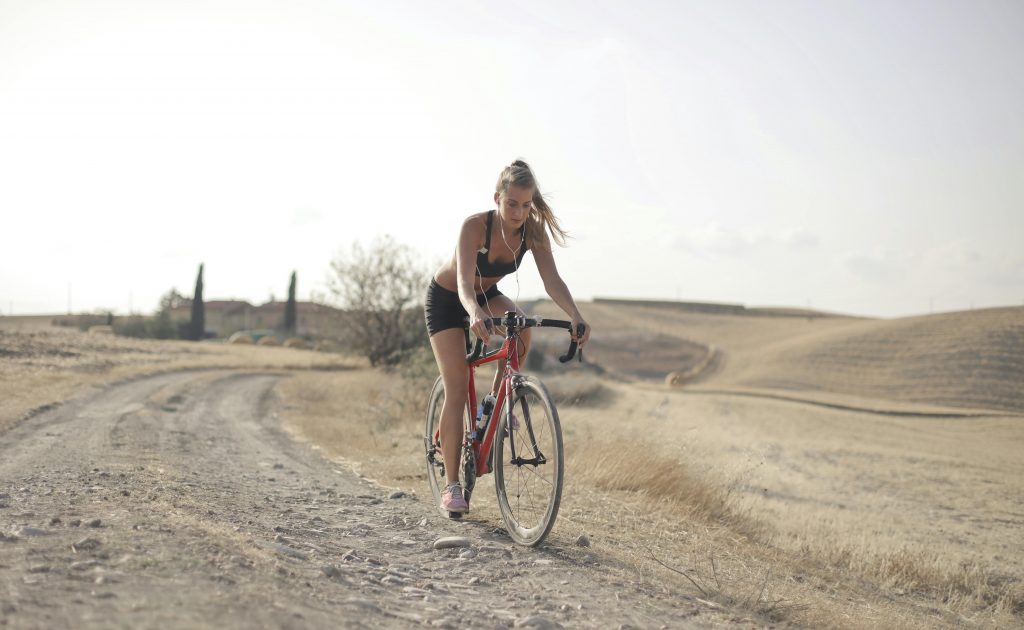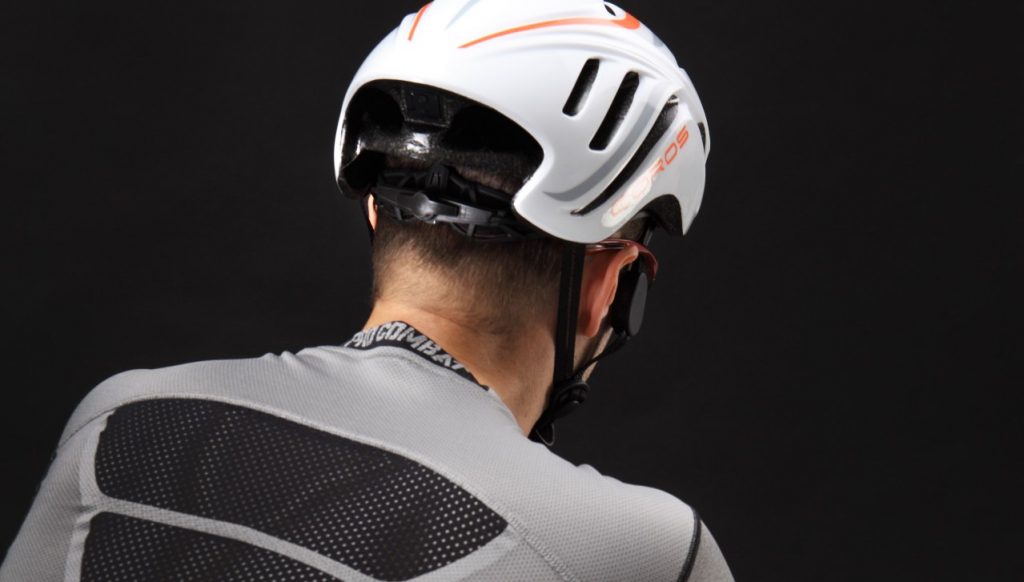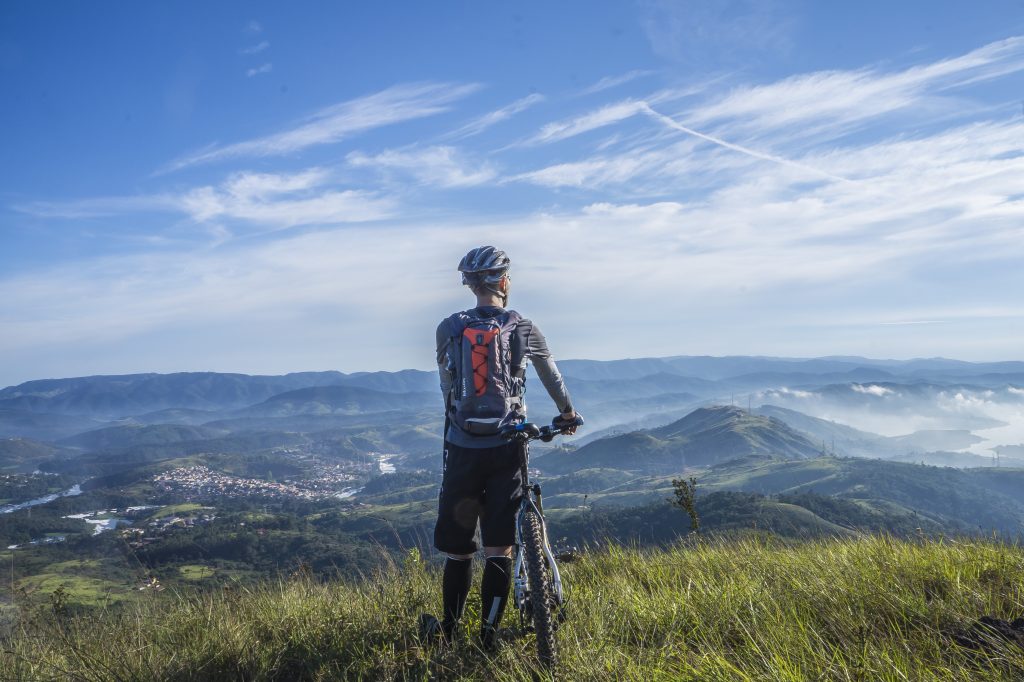Are you looking for a programme to help you lose weight?
Unless you’re into serious racing, most of us got into cycling to stay fit, have fun, and shed a few pounds. Unfortunately, being able to lose weight is more complicated than jumping on the bike and heading out for an easy spin a few days per week.
If your primary goal is to lose belly fat and get in shape, you’ll need to have a plan, stay consistent and start dropping pounds the right way. Use these six tips to lose weight and keep it off with a cycling regimen.
1. HAVE A GOAL
If you’re trying to lose weight, chances are it isn’t going to get done unless you’ve set realistic goals. While rapid weight loss is tempting when you take up a sport like cycling, so is burnout. Since the long-term goal should be to get down to a certain weight and keep the pounds off, losing weight the right way is key.
Set goals like losing two pounds per week and riding four out of the seven days. This keeps you on track for the larger monthly and yearly goals you have planned, such as losing 50 pounds, riding your first century and keep you from getting burnt out early on.
2. USE FITNESS APPS TO TRACK YOUR PROGRESS
Once you have a goal, you’ll want to keep track of the progress you’re making. Having a way to keep track of the miles you’re riding, calories you’re burning and your average speed makes it easy for you to see improvements in your overall fitness and progression toward your goal. The MapMyRide app not only provides you with GPS maps so you don’t get burned out riding the same route over and over, it also provides you with these basic metrics and a way to keep track of your weekly ride time, distance, and calories burned.
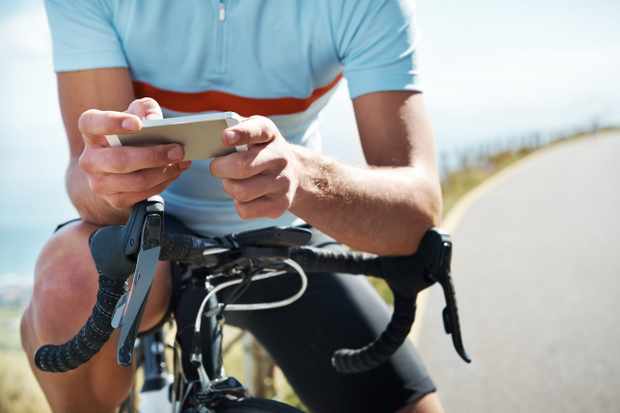
Since weight loss is closely tied to the food you eat, studies have shown keeping a food diary can double a person’s weight loss. With more than 5 million foods in its database, the MyFitnessPal app is a quick and easy way to keep track of what you’re eating. For homemade meals, the recipe counter makes it easy to determine how many calories you’re consuming, while the exercise tracker provides information for exactly how many of those calories you’ve worked off during the day.
3. MIX UP YOUR WORKOUTS
Getting on the bike should be step one. However, if the goal is to lose weight, mixing up your workouts and having a plan helps you burn more fat and calories than just hopping on the bike and going for a ride.
Commuting to work is an excellent way to get a ride in on a busy schedule during the week. If you have a short commute, try incorporating high-intensity interval training (HIIT), which burns the most calories in the shortest amount of time. Interval training is also shown to jumpstart your metabolism and help you continue to burn calories throughout the day — even when you’re no longer on the bike. If commuting isn’t an option, indoor trainer workouts before or after work can be an easy way to try interval training without having to worry about traffic or being late for work.
4. DON’T FORGET STRENGTH TRAINING
To start riding longer and farther, you’ll need to have a strong core. Incorporating strength training one to two days per week when you don’t ride will also help you continue to burn calories and add muscle instead of fat.
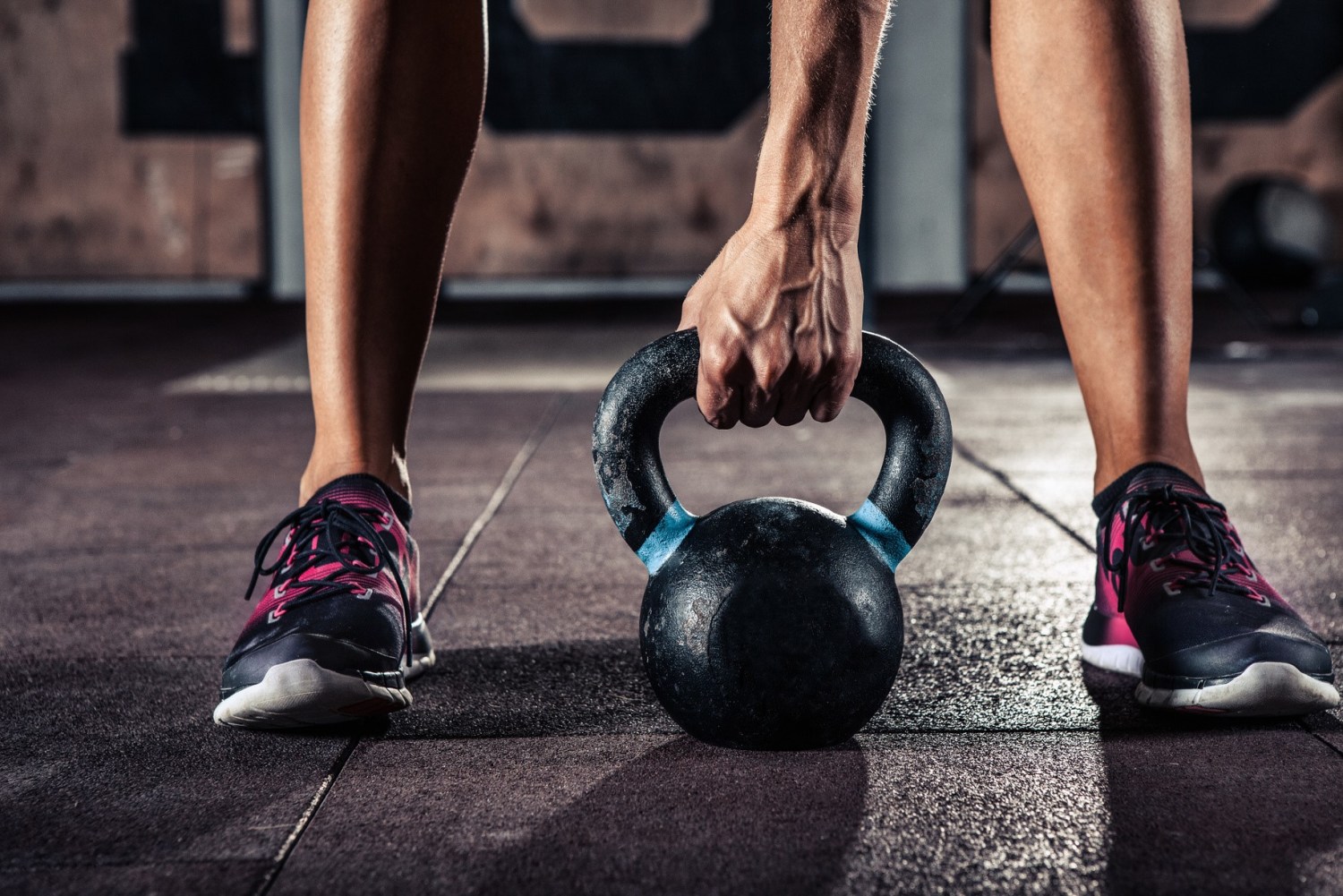
Strength training also prevents common overuse injuries and helps you burn calories more efficiently when you are on the bike. Since cycling is a leg predominant exercise, it’s common to lose muscle in the upper body along with fat around your waistline. Since less overall muscle volume makes it more difficult to burn calories, make sure to do some upper-body exercises, too — especially during the colder, winter months when you aren’t cycling as much.
5. EAT SMALL MEALS
After your ride and for the rest of your daily meals, resist the urge to eat a large portion of your calories in one sitting. Instead, aim to eat smaller meals more frequently — ideally every 3–4 hours. This helps you maintain steady metabolism, makes it easier to digest your food and helps you avoid spikes and dips in your blood sugar that can affect your energy levels.
Aim to eat a well-balanced diet and avoid processed foods and sugars. After a ride, steer toward eating a lean protein like chicken or fish with a side of vegetables instead of ordering pizza. When you do eat carbohydrates, choose foods with a low-glycemic index that are whole grain, such as sweet potatoes and rolled oats.
6. GET PLENTY OF SLEEP
Getting 6–8 hours of sleep is a crucial part of the recovery process, and without it, you’ll be less likely to work out on consecutive days due to fatigue and won’t build as much muscle. Quality sleep is also a crucial part of losing weight, as studies have shown people who get adequate sleep are less stressed, less likely to feel hungry, and will lose weight more effectively.

















